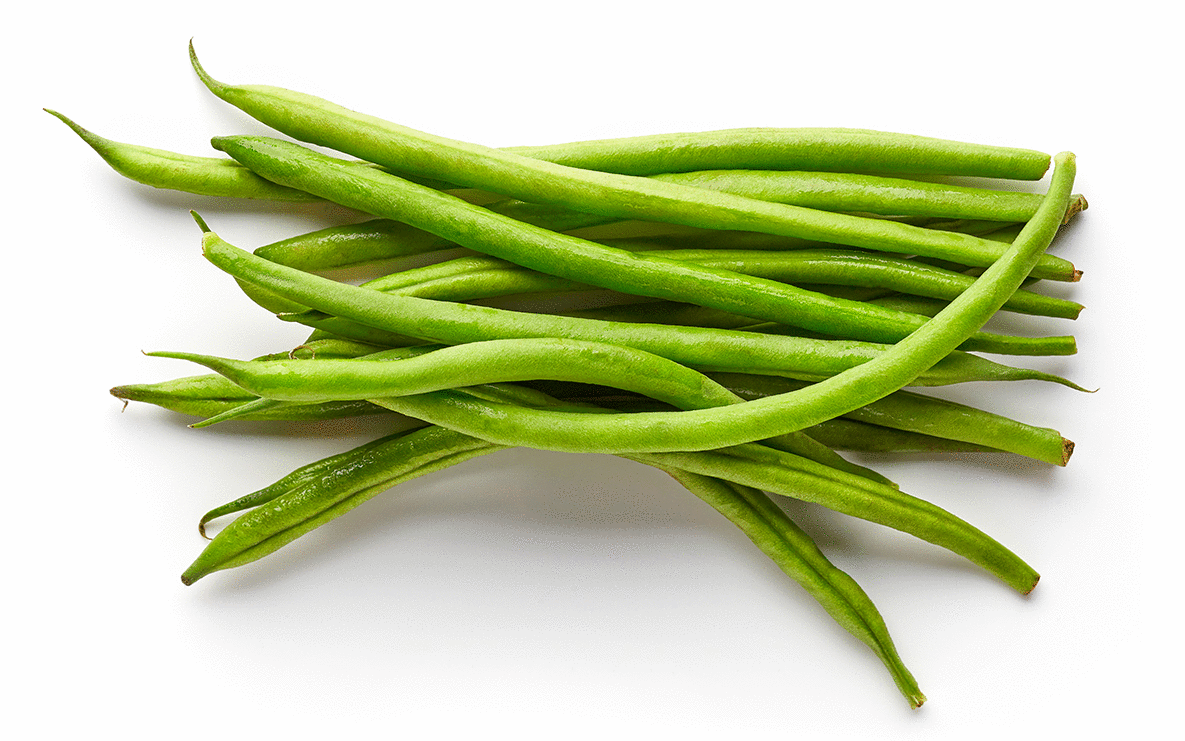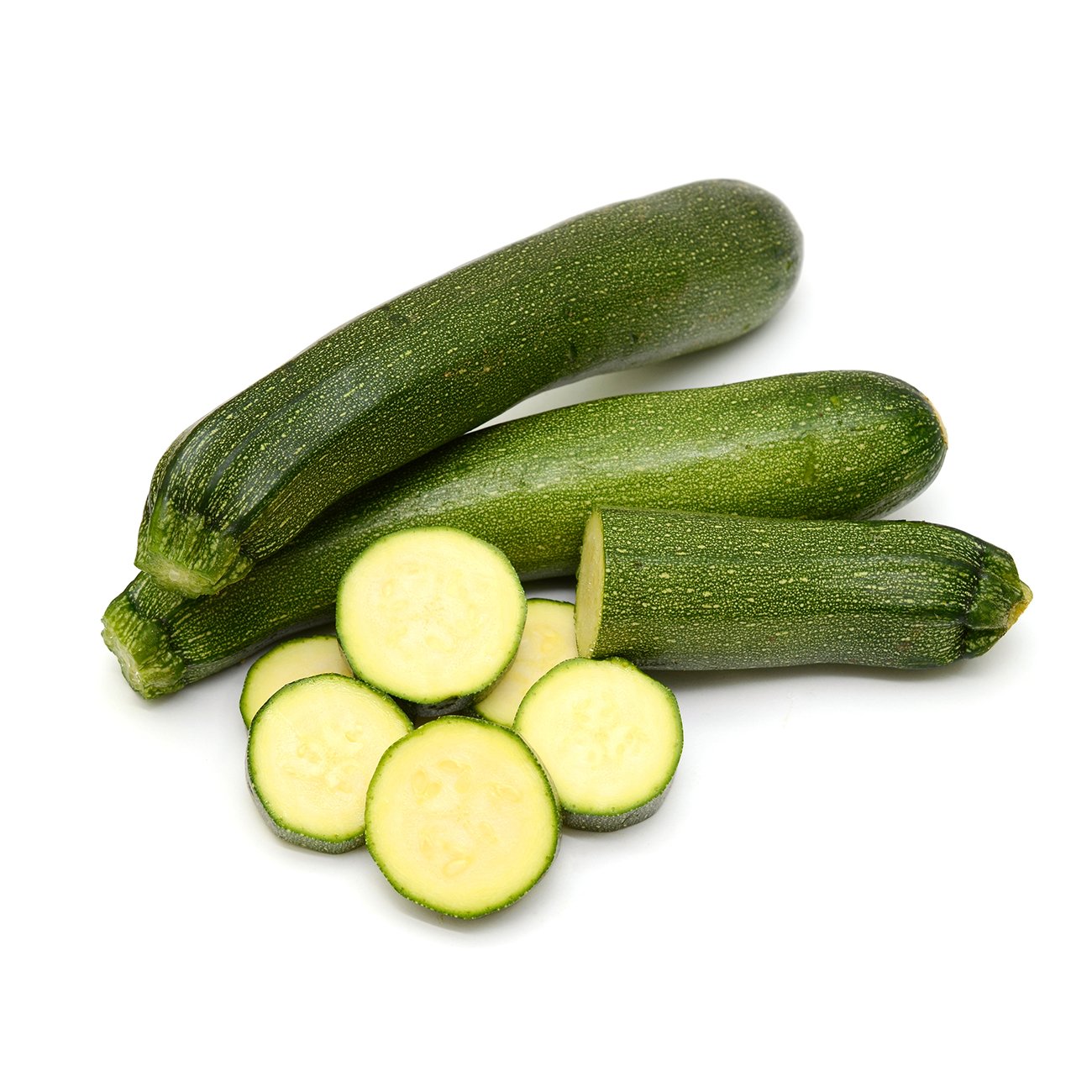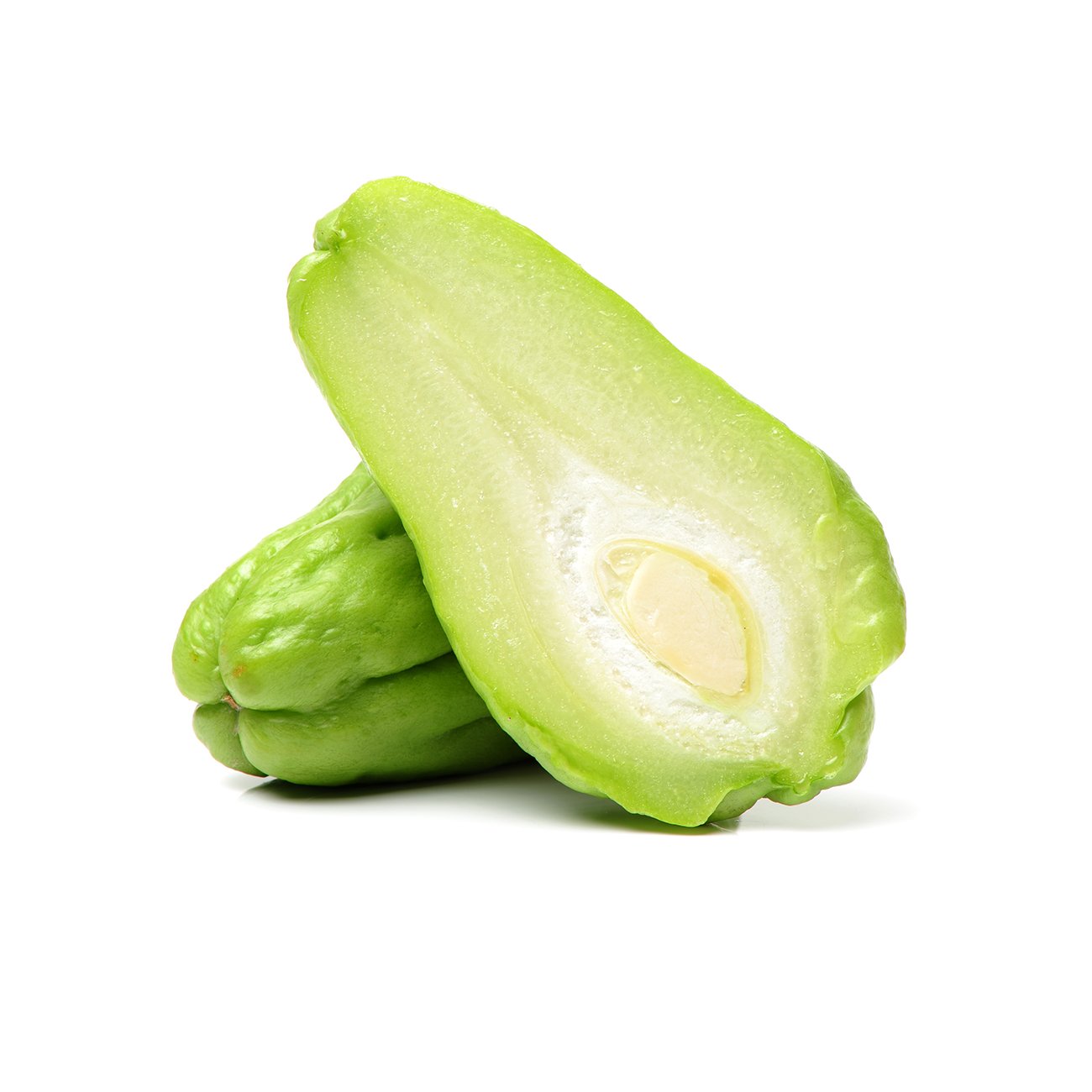Okra
Once cooked, some say its mild flavour is similar to eggplant.
Alternative Name
Bhindi, gumbo, gombo, ladies' fingers, okro
Scientific Name
Abelmoschus esculentus
Health benefits
Okra pods are sometimes called ladies' fingers (not to be confused with the bananas with a similar name). There are many varieties of okra—the most commonly found are green and white. Green okra is shorter and slightly stubby when compared with white okra, which is actually a light green colour. Popularly used in soups, stews and gumbo, it is excellent with lemon and accompanies lamb or chicken well.
-
Harvesting
Okra pods are immature fruits and are harvested when they are very rapidly growing. They should be tender and not fibrous, and have a colour typical of the cultivar. The pods are easily damaged during harvest, especially on the ridges. This leads to unsightly brown and black discolouration. Quality losses that occur during marketing are often associated with mechanical damage, water loss, chilling injury and decay.Postharvest storage temperature
Optimum storage temperature is 7–10°C. Very good quality can be maintained 7–10 days at these temperatures. If stored at higher temperatures, the pods dehydrate, yellow and decay. When stored at lower temperatures chilling injury will occur. The typical symptoms are discolouration, pitting, water-soaked lesions and increased decay. Different cultivars may differ in their susceptibility to chilling injury. Calcium dips and modified atmospheres have been reported to reduce chilling symptoms. Freeze damage occurs at temperatures of -1.8°C or below.Controlled atmosphere storage
At recommended storage temperatures, CO2 concentrations of 4–10% can help maintain colour, and reduce discolouration and decay on damaged pods. CO2 concentrations higher than 10% can lead to off flavours. Low O2 concentrations (3–5%) reduce respiration rates and may also be beneficial.Ethylene sensitivity
Okra pods produce very little ethylene but are sensitive to exogenous ethylene which reduces shelf life by increasing pod yellowing.Humidity storage
Weight loss is very high in immature okra pods and cultivars may vary in rate of water loss. A very high relative humidity (95–100%) is needed to reduce water loss and pod toughening.Disease & infection
Decay can be due to various common bacterial and fungal organisms, but chilling and injury-enhanced rots are the most common causes of loss. -
Trim before use. Keep in vegetable drawer of fridge.

You might also like
Veggy tip
Leave okra whole to maximise nutrient content when cooking and reduce the amount of mucilage (sliminess!) escaping. Pre-cooking will also reduce this.



